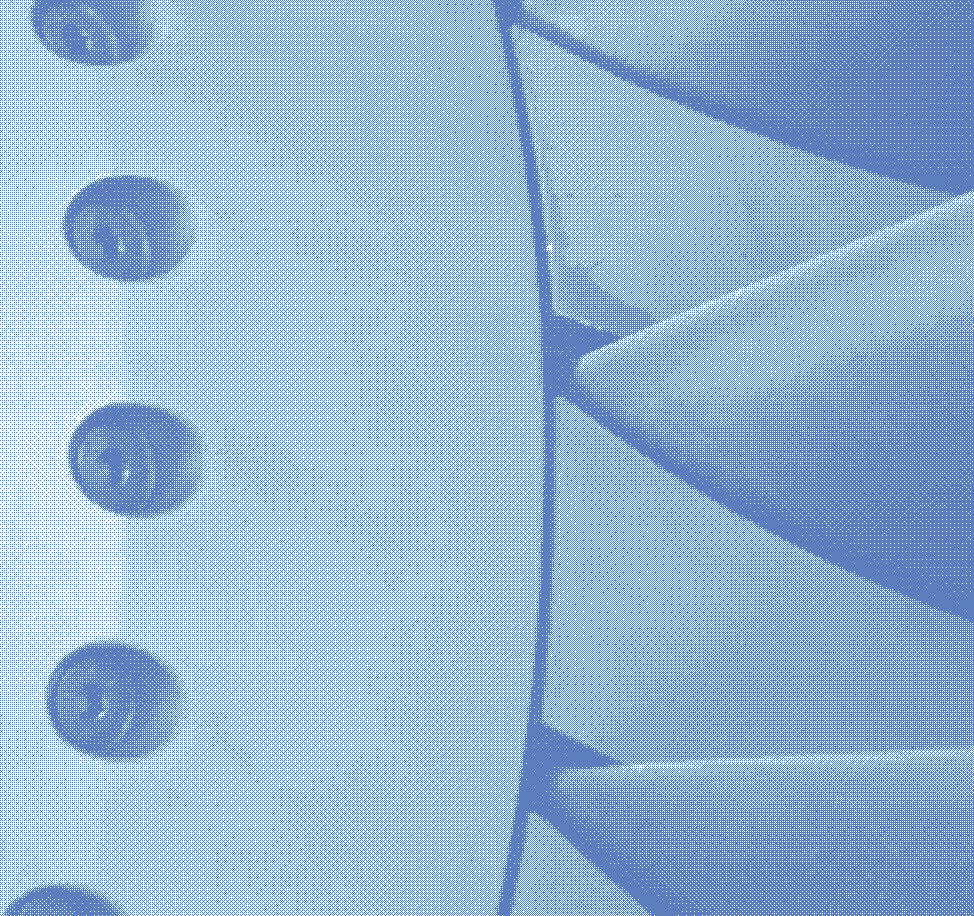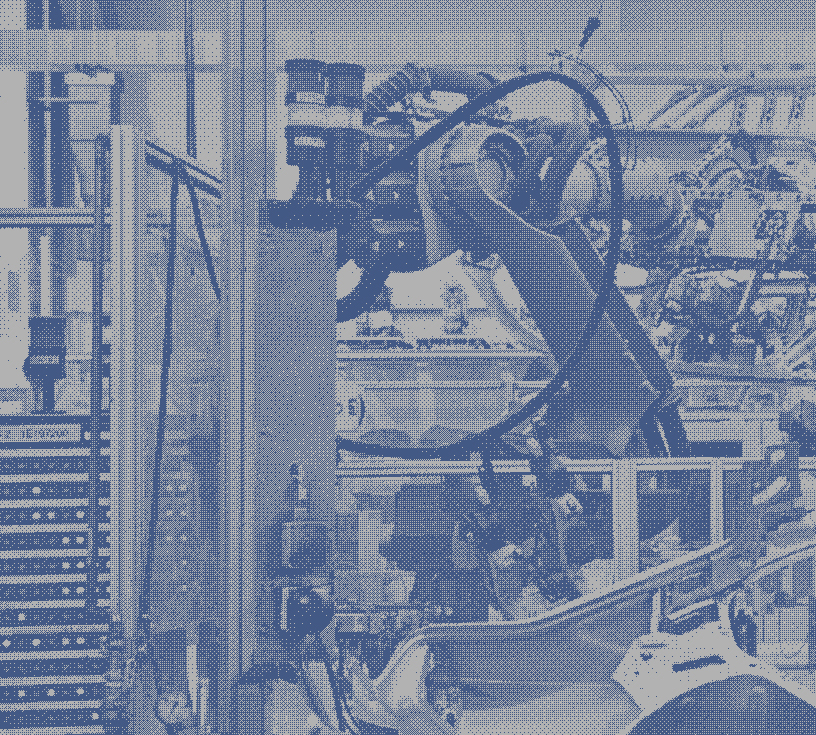



Research Projects
Titanium and Magnesium
Development of the microstructure in Ti alloys during thermo-mechanical processing

The aim of this project is to study the development of the microstructure in Ti alloys during thermo-mechanical processing. The microstructure does not only consist of morphology and distribution of constituent phases, but also of distribution of crystallographic orientations of constitutive grains, thus its texture, which is a part of the microstructure that is currently less understood. In Ti alloys, the material starts with a strong texture in the β phase inherited from the casting. The transformation from β BCC to α HCP phase, which proceeds with a strict orientation relationship between β and α, adds a further strong crystal orientation texture to the material. This strong texture remains preserved in the subsequent thermo-mechanical processing. At the end, the final texture of the material contains a strict orientation alignment of grains, regardless of the refinement of the microstructure. As the commonly oriented grains behave similar to a coherent big grain, the potential mechanical advantages of the refinement during thermo-mechanical treatment are lost.
To better understand the relationship between the processing of the microstructure and associated texture development in the final product, the project will investigate the texture evolution of single beta grains of known original orientation during hot deformation in the laboratory conditions. The compression tests will be executed at different temperatures and strains to study complex interactions of varied α and β phase fractions together with the phase transformation and the influence of these variables on texture evolution during hot deformation. Further benefit will be that we can deduce which single grain has contributed to what orientation in the complete texture of deformed material. This fundamental study will provide some basic input for physically-based microstructure evolution models which are constructed to better tailor processing route of dual phase Ti alloys for aerospace industry.

